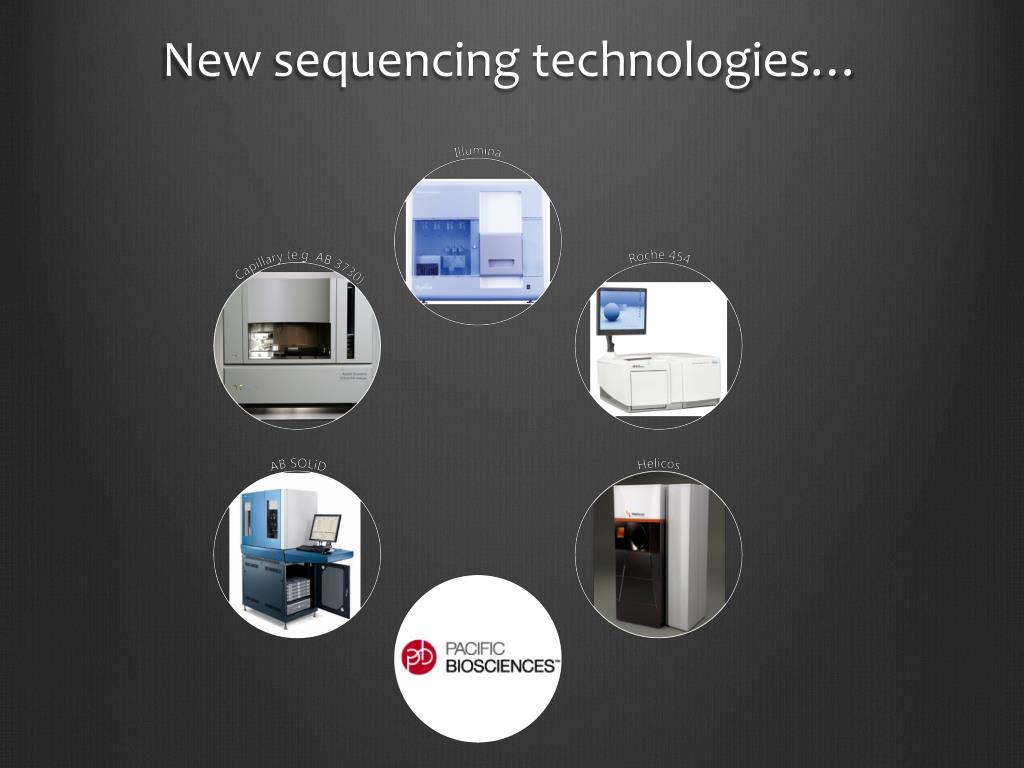

Using Monte Carlo techniques, SPRTEST simulates the use of the SPRT in a radiation monitor. For nuclear safeguards applications SPRTEST permits the equipment designer to optimize the input test parameters and, indeed, to determine whether the SPRT is the statistical test of choice. The program provides considerably more information than one can obtain from the approximate SPRT theory of Wald. « lessĪ Fortran IV computer program called SPRTEST is used to simulate the Sequential Probability Ratio Test (SPRT).
#SEQUENTIAL TESTING PROCESSING CODE#
Thus, any binary SPRT and computer code can be used without any modification. In such a case, the problem can be treated by a properly chosen binary test, and Wald's classical SPRT framework can be applied. For an illustration, consider leakage detection when the exact amount of the loss is not of interest.


In many cases, the situation cannot be represented as simply as a binary problem, however, and the M-ary scheme would be an overcomplication. For more than two alternatives, the multiple-hypothesis testing method, the so-called M-ary SPRT, is recommended. The classical binary sequential probability ratio test more » (SPRT), developed by Wald, is an optimal tool to judge between two concurring hypotheses. Although the innovation process that is generated by Kalman filters contains all the necessary statistical information for detecting certain malfunctions, performance degradation, or off-normal operation conditions, skillful hypothesis testing methods are needed for proper interpretation of the innovation's behavior. When the physical model of the underlying system is known, the Kalman filter is sensitive enough to indicate small, unexpected changes either in the plant or in the measurement models. Publication Date: Fri Apr 01 00:00: Research Org.: Argonne National Lab., IL (United States) Sponsoring Org.: USDOE, Washington, DC (United States) OSTI Identifier: 10141727 Report Number(s): ANL/RA/CP-82382 CONF-9404136-1 ON: DE94009801 TRN: AHC29410%%57 DOE Contract Number: W-31109-ENG-38 Resource Type: Conference Resource Relation: Conference: Operations Research Society of America conference,Boston, MA (United States),12- Other Information: PBD: Country of Publication: United States Language: English Subject: 99 GENERAL AND MISCELLANEOUS//MATHEMATICS, COMPUTING, AND INFORMATION SCIENCE 32 ENERGY CONSERVATION, CONSUMPTION, AND UTILIZATION DATA PROCESSING INDUSTRIAL PLANTS PROCESS CONTROL QUALITY CONTROL ON-LINE MEASUREMENT SYSTEMS STATISTICS EXPERT SYSTEMS 990200 320303 MATHEMATICS AND COMPUTERS EQUIPMENT AND = ,ĭuring the last two decades, Kalman filter-based process monitoring techniques have been rediscovered and widely applied in different areas of control and signal validation. of Industrial Engineering/Management Science

Section 5 illustrates their techniques through numerical examples. Section 4 develops the theoretical results and the methodological approach that allows them to bound the first passage time distributions of their model. In Section 3, they formulate a Markov additive model which allows them to study the sequential probability ratio test more » under various types of process behavior. In the following section, the authors reviews the sequential probability ratio test and state some of its properties. For the purpose of quality control, an SPRT can be conducted repeatedly over time as incoming observations are received. After taking each observation, the SPRT decides whether to accept the null hypothesis, reject the null hypothesis, or continue sampling. The sequential probability ratio test (SPRT) is a log likelihood ratio based test for simple or composite hypotheses. Perhaps the best known sequential test is Wald`s sequential probability ratio test. Sequential tests classify a set of observations in a manner similar to statistical hypothesis tests, but are characterized by a random sample size. In this study, the authors consider a very powerful class of quality control techniques known as sequential tests. In particular, numerous statistical techniques exist which are designed to continually check an industrial process for machine or component failure, thereby determining if the process is under control, or if it is becoming out of control. In recent years, a great deal of emphasis has been placed on quality control of industrial processes.


 0 kommentar(er)
0 kommentar(er)
